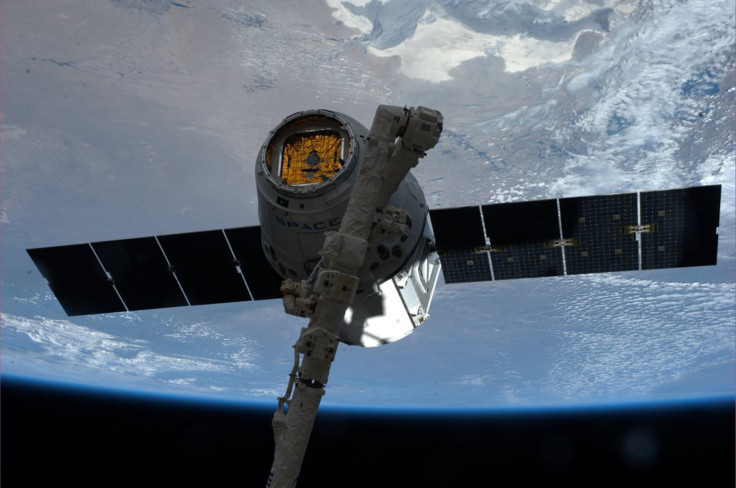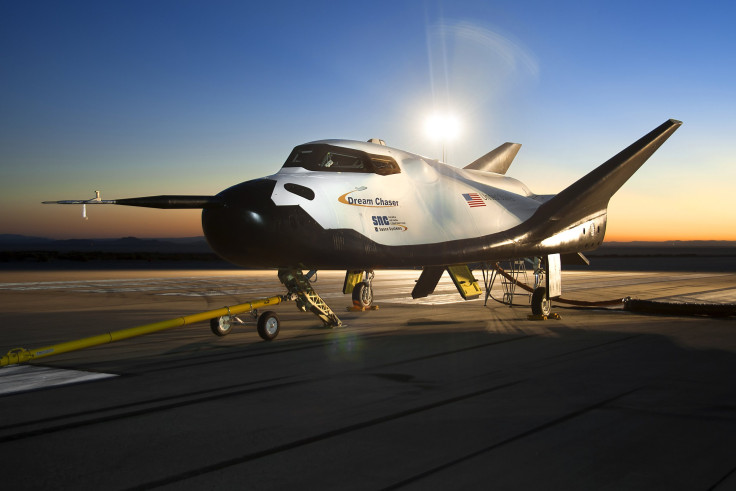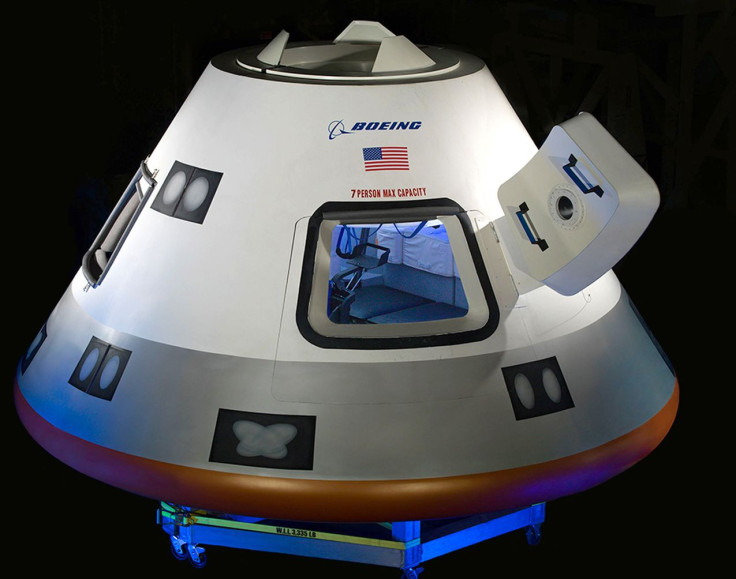Following SpaceX Dragon V2 Unveil, NASA Announces Next Phase Of Commercial Crew Program

SpaceX unveiled the next-generation Dragon V2 spacecraft to much applause but the company is part of NASA’s Commercial Crew Program whose main goal is to bring manned launches back to America by 2017. While SpaceX CEO Elon Musk says the company is on track to launch astronauts to the International Space Station as early as 2016, NASA announced the completion of the first phase of the certification process for crewed launches.
The Dragon V2 is part of NASA’s Commercial Crew Program, with SpaceX, Boeing and Sierra Nevada Corporation Space Systems serving as partners. On Friday, NASA announced that the companies completed the certification products contracts (CPC), which is focused on crew safety in the design elements of the spacecraft.
Phil McAlister, director of commercial spaceflight at NASA, said in a statement, “This certification is important to ensuring our crew members have reliable transportation to and from the space station,where they are conducting research essential to advancing human exploration farther into the solar system.”
The next step in the certification process will be the commercial crew transportation capability (CCtCap), which will be awarded by the end of 2014. In order to be certified, each company will perform at least one crewed flight to demonstrate the spacecraft’s reliability and performance. Following certification, NASA’s contract will include a minimum of two missions (and as many as six) in order to meet the space agency’s requirements.
As noted by Kathy Lueders, NASA commercial crew program manager, “There’s more than one correct way to build a spacecraft,” and the designs for the three spacecraft are all quite different.

Sierra Nevada’s Dream Chaser spacecraft looks the most like a traditional space shuttle and will launch vertically using the United Launch Alliance’s Atlas V rockets. Other design features, such as the low-g reentry speed, ensure crew safety as well as protection for science experiment returns.
SpaceX’s Dragon V2 was unveiled on Thursday and includes solar arrays on the spacecraft, eliminating the need for foldable wings, an escape system and upgraded interior which can fit seven astronauts. The Dragon V2 also features the upgraded SuperDraco engines which recently completed qualification testing in April. According to NASA, the Dragon V2 will fly in a pad abort test as well as an in-flight abort test as part of the commercial crew transportation capability certification phase.

Boeing’s Crew Space Transportation-100 (CST-100) spacecraft is a capsule design which can hold up to seven astronauts or several combinations of crew and cargo. A “pusher-abort system” allows for crew escape throughout the launch; wireless and tablet technology to improve crew communication; and a “sky lighting” system to create a more open cabinet feel.
NASA has been working to bring back manned launches to American soil since 2012 but the recent tension with Russia, including economic sanctions, a SpaceX lawsuit and comments made by Russian Deputy Prime Minister Dmitry Rogozin, have led to a renewed interest in the spaceflight program.
© Copyright IBTimes 2024. All rights reserved.






















